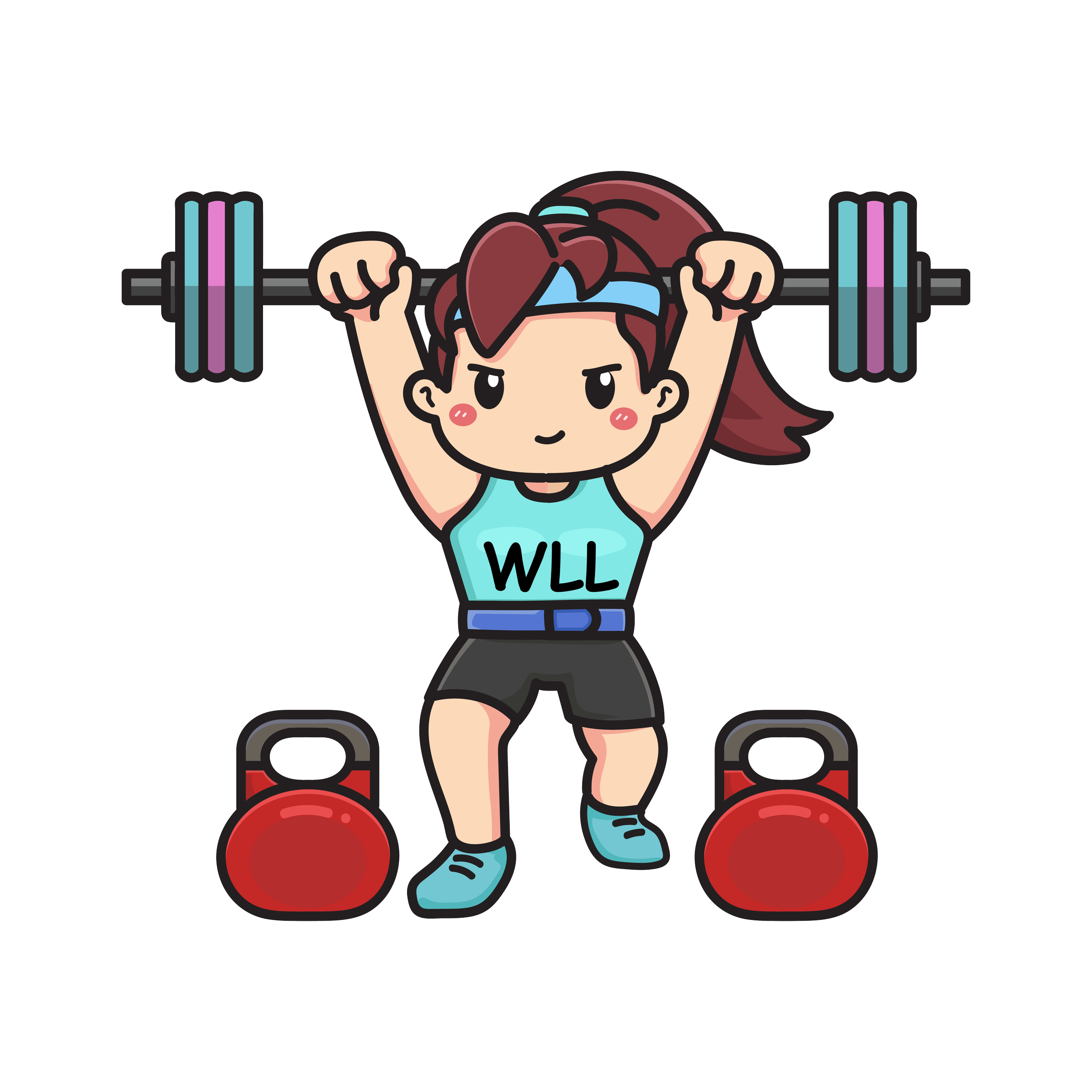Get Your Spine Right!
Sitting Pretty:
Whether trying to have proper form when squatting, stretching your back after sitting, or even to look more “snatched '' in a picture, posture is more than appearance and is an overlooked part of our health. Our spine is an important structure of cartilaginous disks and nerves all protected by bony vertebral structures. However in our day to day lives, being stuck at a desk and looking at our phones has left us hunched over with stiff necks and sore muscles. While it may seem like common sense that sitting for long periods of time can make you feel tight and achy, what is actually going on with our muscles that interact with our neglected spines?
What may appear just as poor posture, is actually the result of muscle imbalances. These imbalances can cause pain, soreness, and stiffness. Ideally, our posture is formed by the three natural curves in our spine, located in the neck, mid and lower back. A sedentary lifestyle can directly result in muscle shortening and lengthening, disrupting the naturally occurring s-curve of our spine. Conditions such as Upper (UCS) and Lower Cross Syndrome (LCS) can be developed from poor posture over extended periods of time. For example, in LCS, when sitting at a desk, your glutes are lengthened while your hip flexors are shortened. As these muscles work together when walking, imbalances from sitting may be evident through stiffness and reduced range of movement. A general sign that LCS has developed is by an abnormal posture. Those who are afflicted with LCS can have anterior pelvic tilt, which can make their posterior appear as though they are excessively puffing out their chest and arching their back.
In general, muscles act in accordance with each other, so when one is weakened, another will overcompensate. In LCS, the hip flexors and lumbar extensors are tight and are trying to overcompensate for weak glutes and abdominals. In UCS, deep neck flexors and lower traps tend to lack strength, as the pectoralis and upper traps are in a constant state of tension. These interactions in UCS cause one to have an exaggerated appearance in posture, with rounded shoulders and the head pushed forward.
Besides causing imbalances among muscles, a long term effect of LCS and UCS is the increased tension and compression on critical points of our spines. Sitting slouched with our shoulders curved forward puts the most amount of stress on the L3 and L4 intervertebral disks. These disks are important in absorbing shock from supporting body weight. Though they are not typically injured from movement, absorbing an additional amount of shock causes degeneration of these structures, which can be detrimental in the long run as these disks protect a group of nerves that run along and out of our spinal cords.
Luckily, through lengthening and strengthening the affected muscles groups, relief is able to be achieved. When addressing these types of muscle interactions, a fine balance is needed in order to prevent a further muscle imbalance. Lengthening and stretching the overactive muscles needs to be addressed prior to building up the weak muscles. The purpose of lengthening is to properly stretch to the point of overcoming the muscles' spindle tendency to fight the change in length. Once this threshold has been overcome, the golgi tendon organ triggers a lengthening mechanism that causes the muscle to relax.
For both LCS and UCS, corrective exercise should begin with some form of myofascial release. Using a foam roller or getting a massage decreases the neurological overactivity of the tense muscle groups, causing them to relax. After that release, stretching and elongating these muscles can be done through static stretching, among other techniques. Static stretching involves stretching a muscle to the furthest point, without pain, and holding that position for 20-45 seconds. Once we have inhibited and lengthened the overactive muscles, strength building can be done to the weak muscles. Specification of strength training exercises can include frequency and tempo, so getting a prescribed regimen from a professional is necessary for proper improvement. Overall, prevention is better than any corrective prescription, so being mindful of protecting our S-curve can be done through changing our sedentary lifestyles and remembering to not skip working out our back muscles in the gym.
Written by: Ana Dieng


